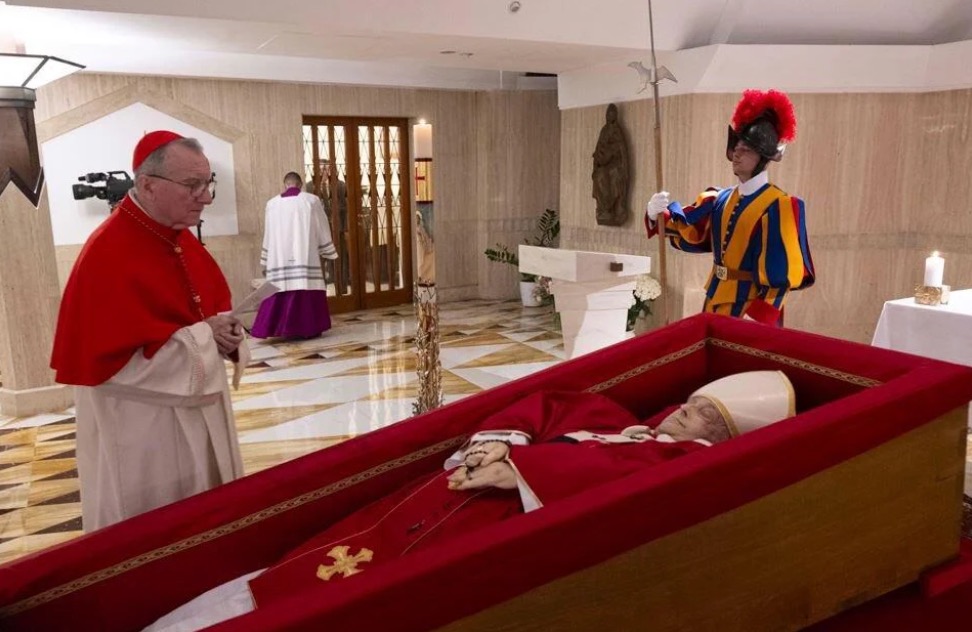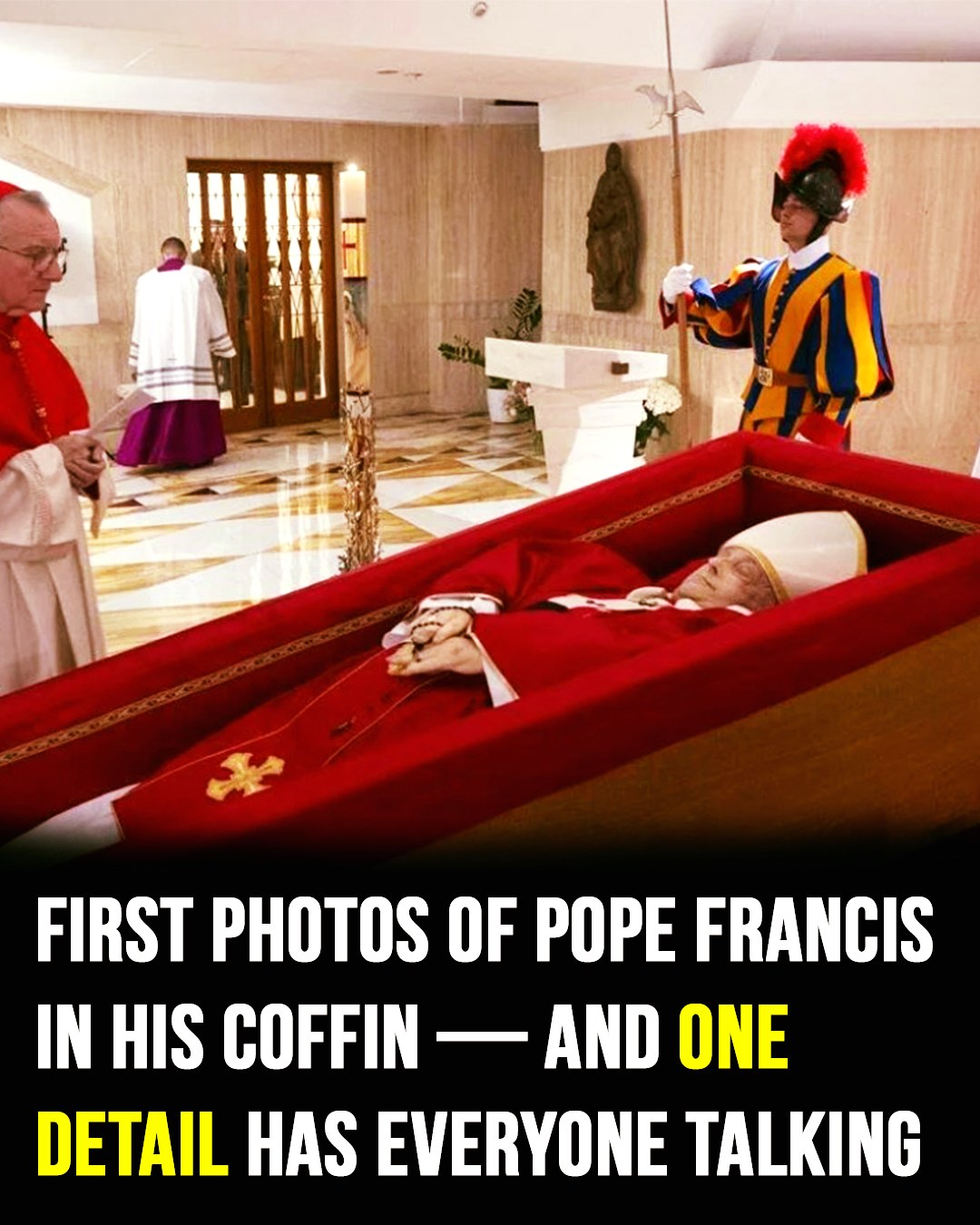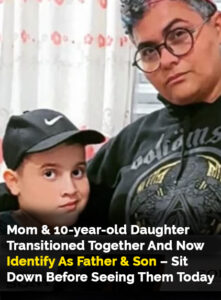Pope Francis’s final farewell has been marked by simplicity and humility — values he upheld throughout his life. Upon his passing, a series of meaningful rituals began, focusing on honoring the pope’s legacy. What makes his death and burial even more significant is the personal and humble nature of the items chosen to accompany him in his final resting place.
Pope Francis, the 88-year-old spiritual leader, passed away on April 21, following a cerebral stroke that caused heart failure. While the world mourns the loss of this beloved pope, it is his choice of a simple, unadorned coffin and the personal items placed with him that speak volumes about his character and faith. Unlike previous popes, Francis’s funeral and burial process break from long-standing papal traditions, reflecting his unique approach to the papacy.
A Humble Coffin and Personal Items
One of the first things the public noticed was the simplicity of Pope Francis’s coffin. Unlike past popes who were buried in elaborate coffins, Pope Francis chose a modest wooden coffin lined with zinc. This choice was in keeping with his lifestyle, known for emphasizing humility and modesty over grandeur. The simplicity of his casket reflects the very essence of his papacy: a man who cared more for the people than for material wealth.
Inside the coffin, various holy items are placed to accompany him on his journey. Among them are the Fisherman’s Ring, a rogito (a document summarizing his life), his mitre, and crozier — traditional symbols of his papal authority. These items are symbolic of the roles he held during his papacy, and their placement with him is a final tribute to his lifelong service.
However, one item stands out in significance: the Fisherman’s Ring. This symbol of papal authority is ceremonially broken before burial, marking the end of a pope’s reign. The destruction of the ring ensures it cannot be misused and symbolizes the end of Pope Francis’s papacy.
 Handout/Vatican News service
Handout/Vatican News service
A Final Departure from Tradition
The details surrounding Pope Francis’s burial reflect his characteristic approach to simplicity. Unlike past papal funerals, where the deceased pope’s body would be placed on a grand catafalque inside St. Peter’s Basilica for public viewing, Pope Francis’s funeral and memorials will break with tradition. His coffin will be placed at floor level in St. Peter’s Basilica, with the Paschal candle standing nearby as a symbol of faith and light. This decision offers mourners a more personal and intimate space to pay their respects.
For the first time in over a century, a pope will be buried outside the Vatican. Pope Francis chose Basilica of Santa Maria Maggiore, located in Rome’s Esquilino neighborhood, as his final resting place. This decision marks a distinct departure from the typical tradition of papal burials in the Vatican’s grottoes under St. Peter’s.
Why the Simplicity?
The choice of simplicity in Pope Francis’s burial process is deeply reflective of his life’s philosophy. In every aspect of his papacy, Pope Francis emphasized the importance of humility, compassion, and service to others. Even in death, his choices continue to show that these values remained his guiding principles.
His decision to not follow traditional papal funeral customs speaks to his belief that material wealth and grandiosity should never overshadow the true mission of the Church — service to others. Pope Francis had always emphasized the importance of living humbly and serving the less fortunate. His final wishes, which include a modest coffin, minimalistic funeral rites, and a desire for simplicity, reflect this commitment.
 Handout/Vatican News service
Handout/Vatican News service
The Rituals After His Passing
After Pope Francis’s death, a number of traditional rituals were immediately set into motion by the Vatican. Following the announcement of his death, the process of preparing for his funeral and final resting place began.
One of the first steps was the sealing of Pope Francis’s residence. As per tradition, the papal apartment was locked, and the doors were sealed with a silk cord and wax seal to ensure no unauthorized individuals entered. This ritual is done to preserve the sanctity of the pope’s space and to maintain the privacy of his belongings until the election of a new pope.
In addition, Cardinal Kevin Farrell, the Camerlengo (Chamberlain) of the Vatican, oversaw the destruction of Pope Francis’s Fisherman’s Ring, a practice that dates back centuries. This destruction, which occurs before the conclave to elect a new pope begins, marks the end of the papacy and ensures that the ring cannot be misused by anyone else.
Pope Francis’s Final Legacy
Pope Francis’s death marks the end of an era, but his legacy will continue to live on in the Catholic Church and beyond. His unwavering commitment to social justice, serving the poor, and preaching humility has left an indelible mark on the world. As the process of electing a new pope begins, the Church will reflect on the changes Pope Francis brought during his papacy and his deep dedication to human dignity.
His final resting place, with its simplicity and humility, serves as a fitting tribute to the legacy of Pope Francis. By rejecting traditional extravagance, Pope Francis’s funeral and burial are reminders of what he valued most — a life of service, compassion, and love for others.

Handout/Vatican News service
Funeral and Burial Details
The funeral for Pope Francis is scheduled for Saturday, April 26, at 10 AM local time in St. Peter’s Square. After the public ceremony, his body will be transported to the Basilica of Santa Maria Maggiore in Rome, as per his final wishes. It will be a final farewell to a man who dedicated his life to making the world a better place, one of compassion and service.
As the world mourns the loss of Pope Francis, it’s important to remember that his legacy is not defined by grand ceremonies or elaborate rituals, but by his commitment to helping others and living a life of humility. His choices in his final moments, from his simple casket to the symbolic destruction of the Fisherman’s Ring, will be remembered as a reflection of his character and values.
For more insights into Pope Francis’s life and legacy, check out these articles:
- Pope Francis’ Heartbreaking Final Gesture to His Nurse Before Death
- Pope Francis Describes Death as a New Beginning Before His Passing
These articles provide further details about the profound and personal moments of Pope Francis’s last days.



